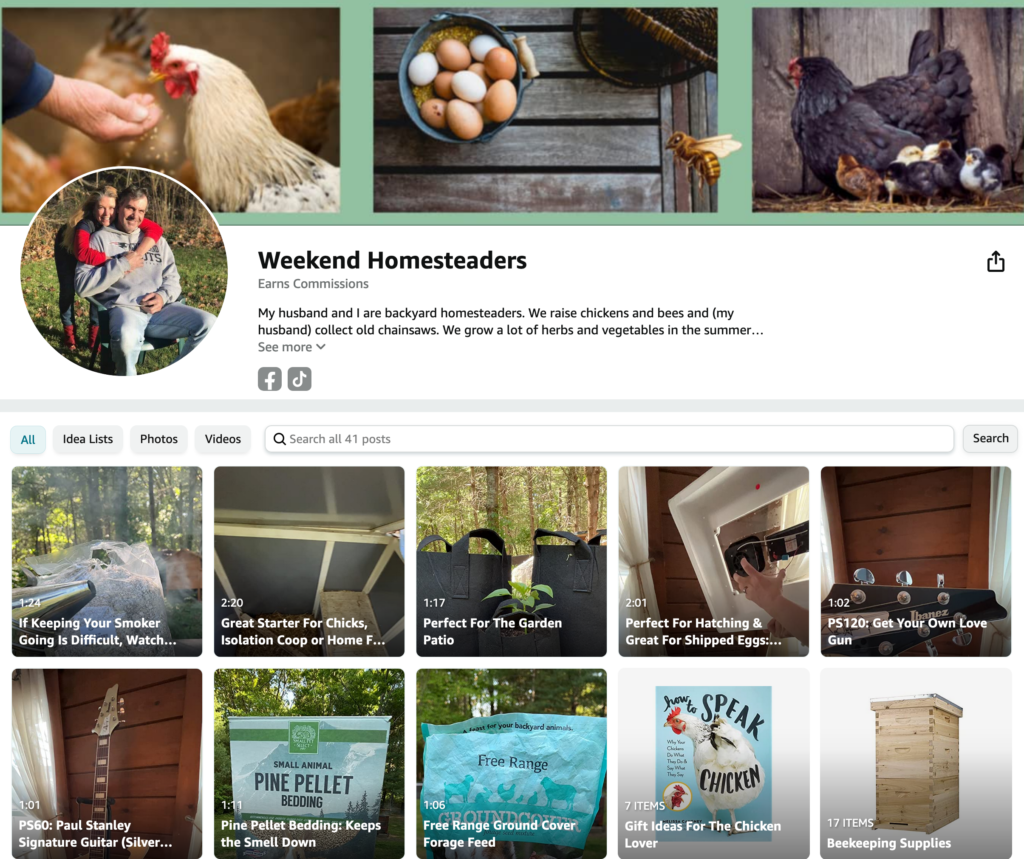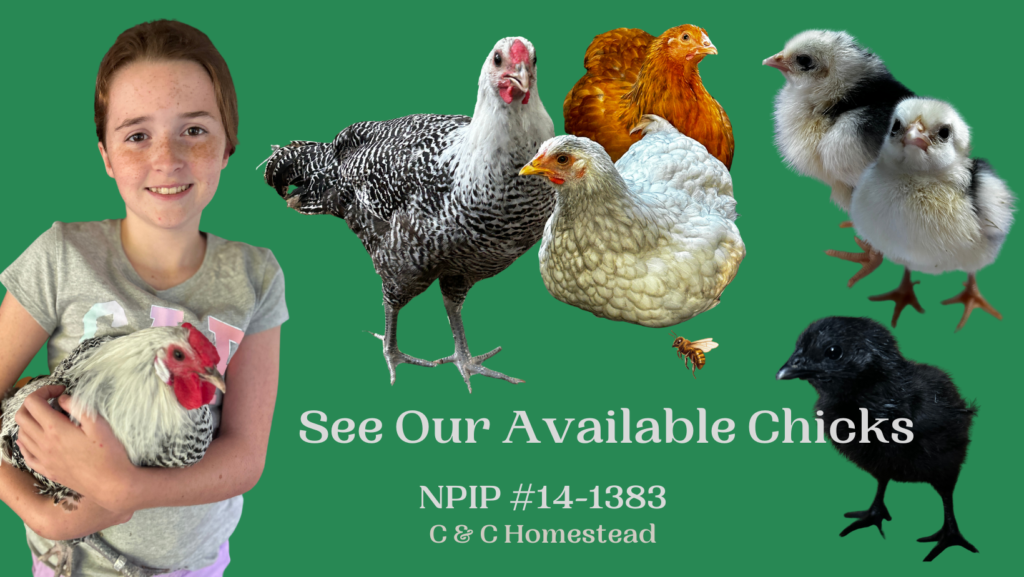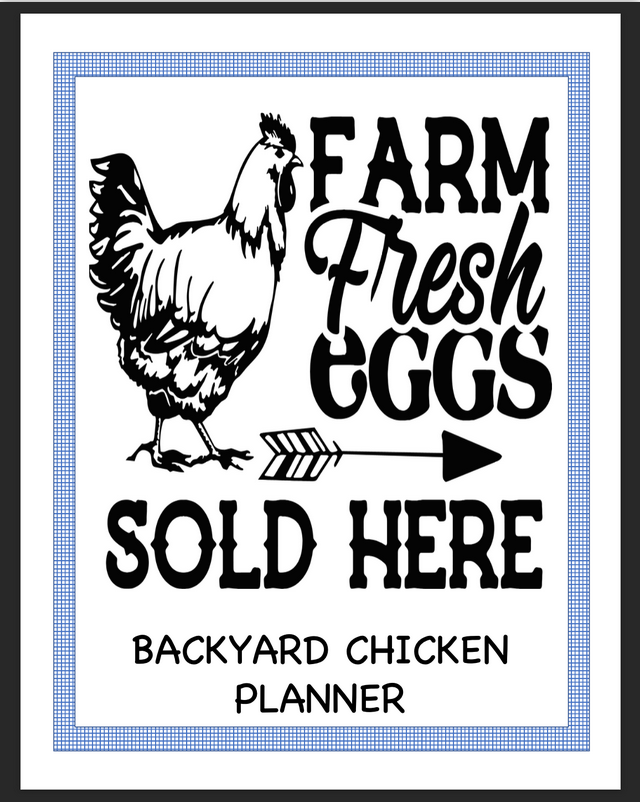Balancing Corporate & Homesteading Lifestyles
Roo-tastic Revelations: Navigating Rooster Puberty & Hormones
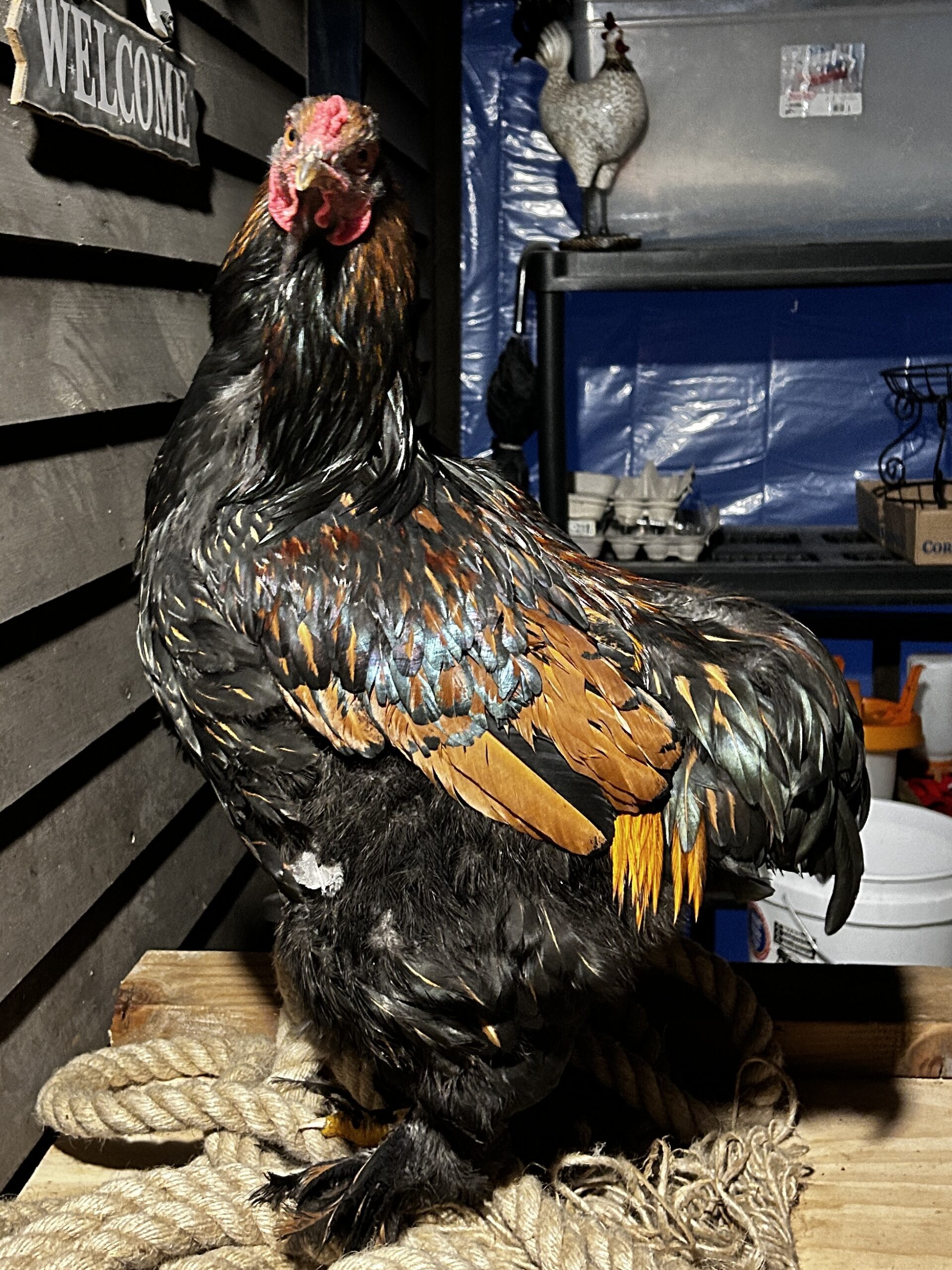
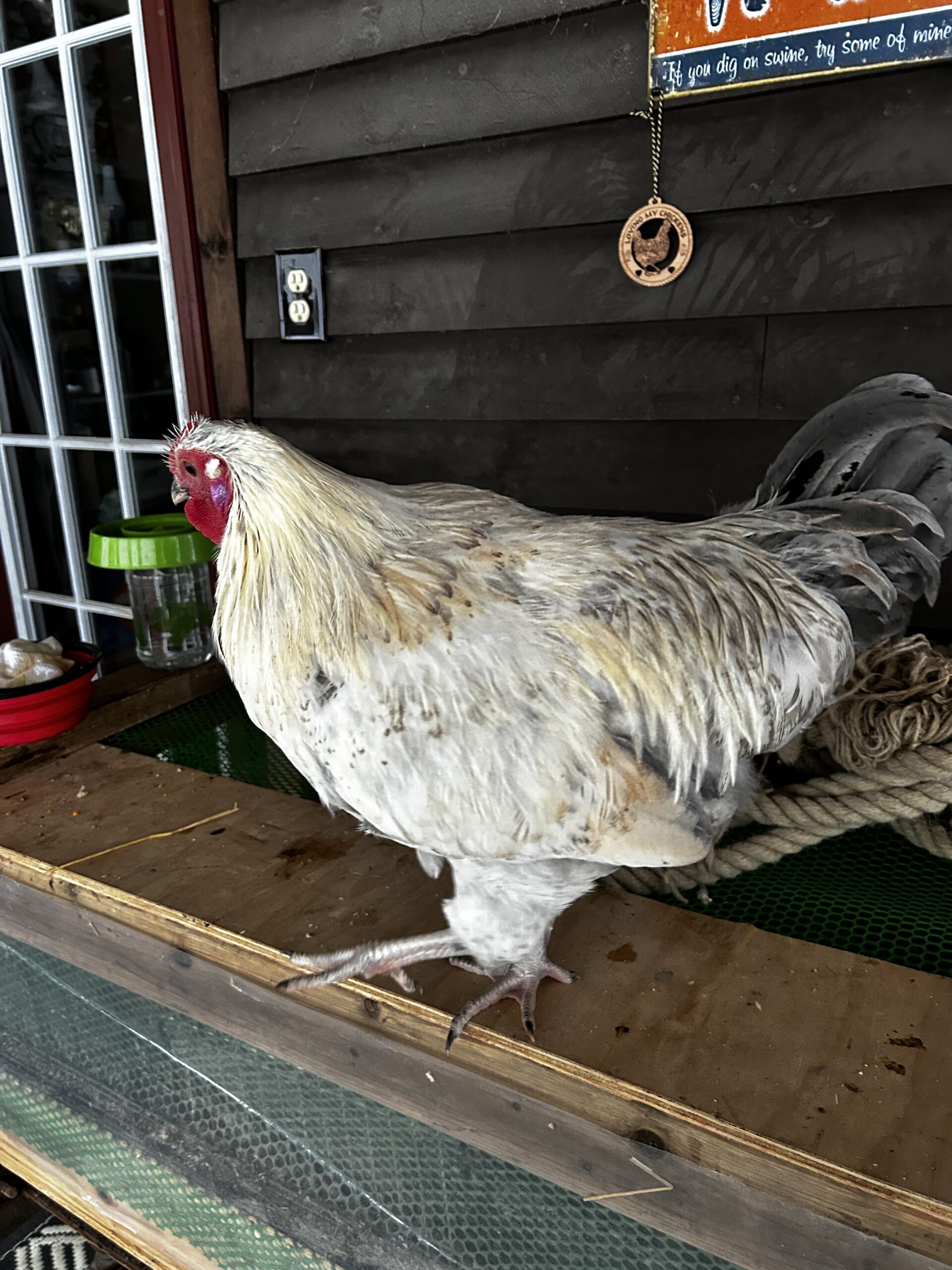
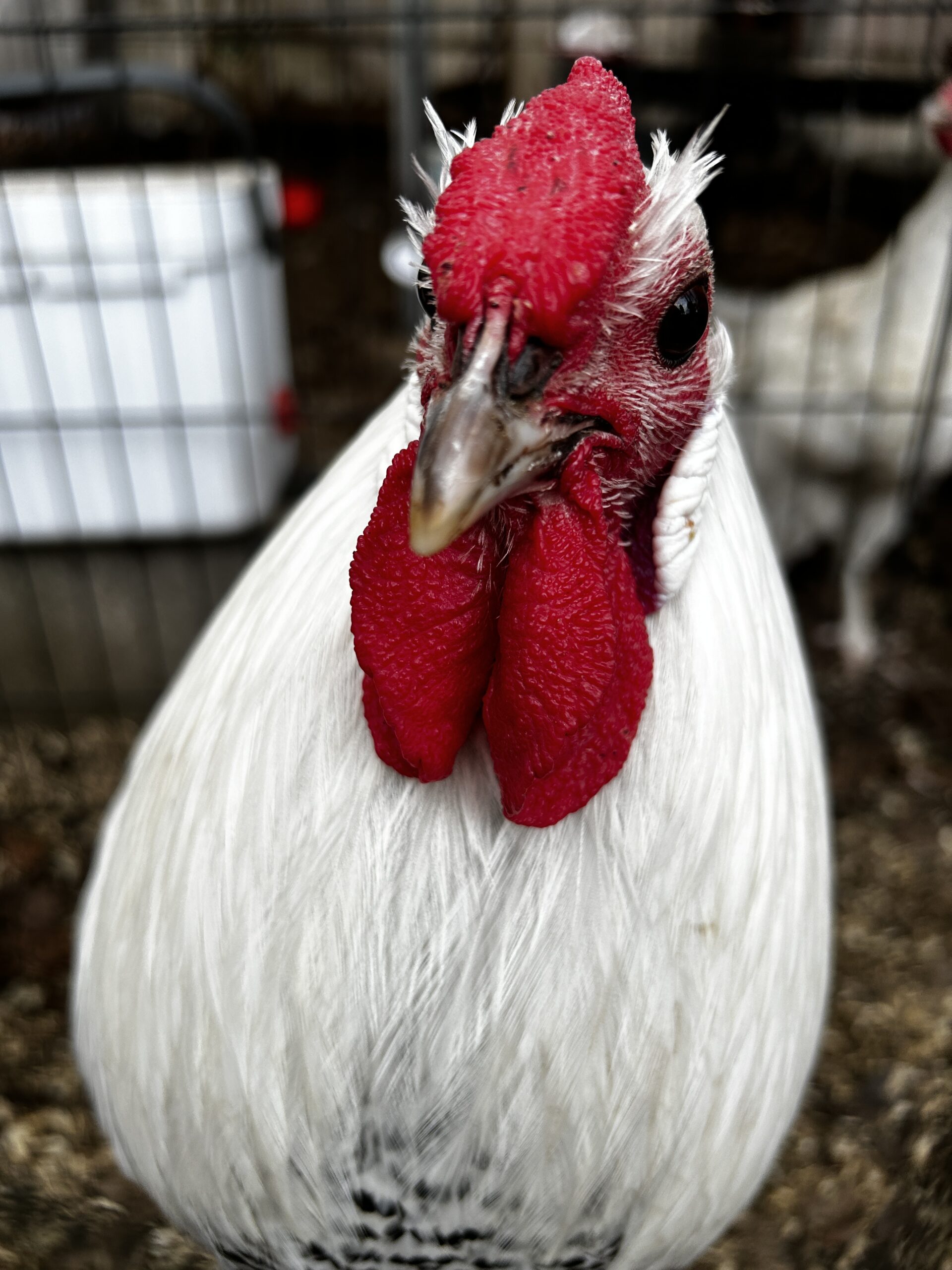
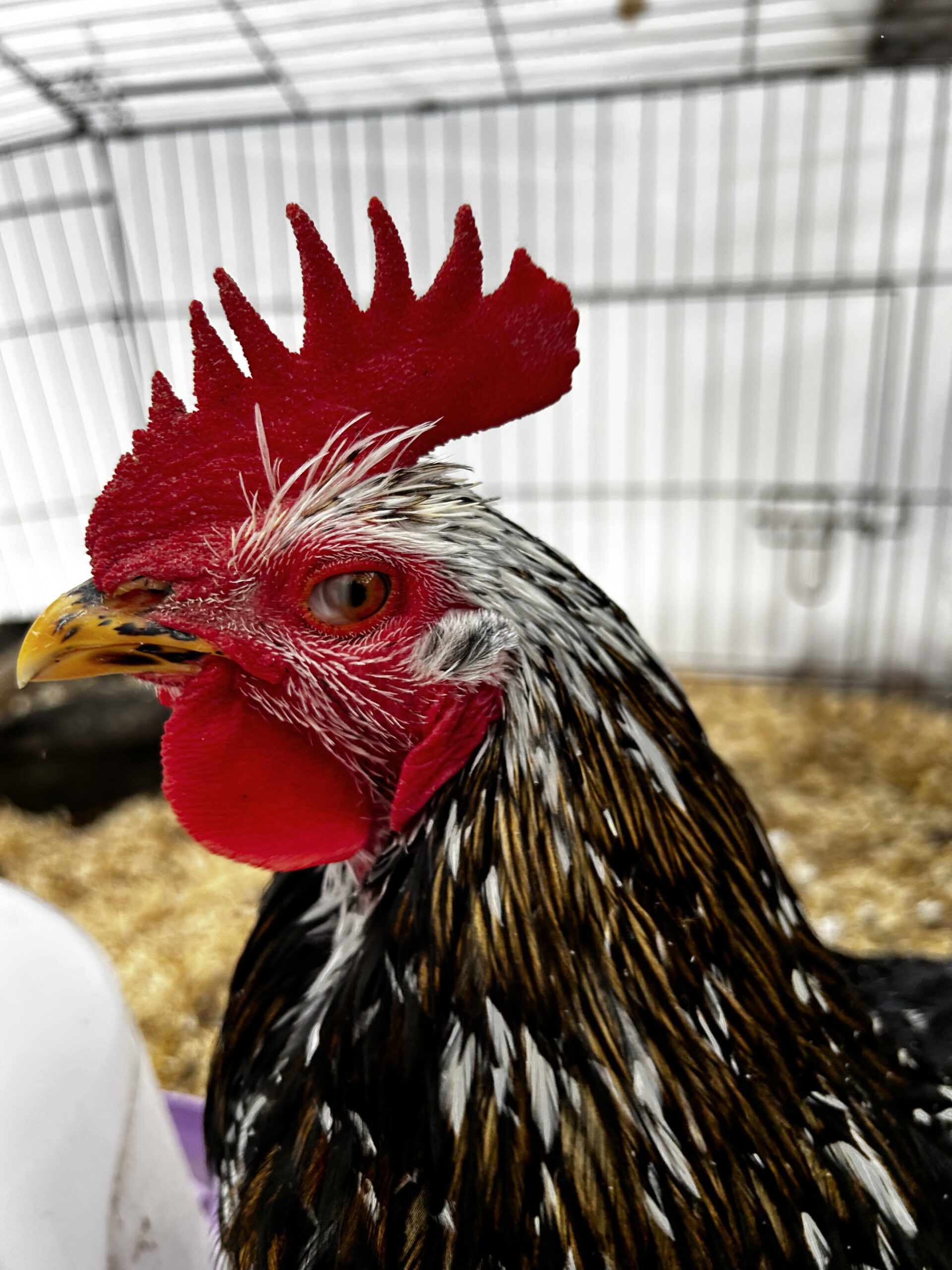
As the guardians of our feathered flocks, witnessing our roosters transition from chirpy chicks to full-fledged guardians of the coop is both fascinating and, at times, challenging. This crucial phase, known as rooster puberty, marks a significant turning point not only in their physical development but also in their behavior within the flock. Here's what to expect, how their behavior changes, and strategies to manage these changes effectively.
When to Expect Puberty
Rooster puberty typically begins between 4 to 6 months of age, but this can vary. Breeds like Bantams may mature faster, while larger breeds like Orpingtons might take a bit longer to show signs of maturity.
Behavioral Changes and Their Impacts
- Protectiveness: The surge in testosterone can make roosters more assertive or even aggressive as they establish their dominance. This behavior is natural but requires careful management to ensure safety and harmony within the coop.
- Crowing: Prepare for your mornings (and, honestly, most of the day) to be filled with the robust crowing of your maturing rooster. This behavior is a sign of their maturity and their way of communicating with the flock and asserting their territory.
- Mating Behaviors: As roosters reach sexual maturity, they'll begin showing interest in hens through mating dances and displays. While this is a natural part of the flock's lifecycle, it's essential to monitor these interactions to ensure the hens are not stressed or harmed.
- Challenges to the Pecking Order: Young roosters may challenge each other or even the older rooster to establish their place within the flock's hierarchy. This can lead to skirmishes but is generally sorted out naturally among the birds.
Management Strategies
- Space is Key: Ensure your coop and run are spacious enough to give your birds plenty of room to spread out. This can help reduce tension and conflicts.
- Divide and Conquer: In cases of excessive aggression, consider separating the young rooster temporarily or creating separate areas within your coop for different flock members.
- Environmental Enrichment: Providing perches, hiding spots, and foraging opportunities can help keep your rooster mentally stimulated and less focused on asserting dominance.
- Handling and Training: Regular, gentle handling can help reduce aggression towards humans. Establishing a routine and using treats can also reinforce positive behavior.
- Observation: Keep a close eye on flock dynamics, especially how the rooster interacts with hens and other flock members. Intervention may be necessary to prevent injury.
More About Rooster Hormones:
A rooster's hormonal levels, particularly testosterone, vary not just seasonally but also daily, peaking during the morning and evening. This timing correlates with when they're most likely to exhibit reactive behaviors. Springtime, a critical season for breeding, also witnesses a surge in testosterone, further intensifying their behavior.
Puberty marks a notably challenging phase, typically spanning from 3-4 months to about a year old, during which young cockerels transition from their juvenile, playful phase into their intended role as flock protectors. It's during this period that many keepers notice a stark change, mistakenly attributing their rooster's newfound assertiveness to aggression. However, this behavior stems from a natural, albeit sometimes misguided, instinct to guard and protect. For instance, it's not unusual for a young rooster, still learning to discern actual threats, to mistakenly identify harmless objects or creatures, such as a butterfly, as potential predators. This confusion can lead to actions that, while often humorous, can also challenge, or even harm, their human caretakers.
Understanding rooster hormones is crucial for anyone involved in chicken keeping, as these biochemical substances significantly influence the behavior and welfare of roosters. Testosterone, the primary male sex hormone, plays a pivotal role in shaping the physical and behavioral traits typical of roosters. Here's a deeper dive into the world of rooster hormones and their impact:
The Role of Testosterone
- Physical Development: Testosterone is responsible for the development of typical rooster characteristics, such as larger combs and wattles, more vibrant plumage, and the development of spurs. These traits not only distinguish roosters from hens but also contribute to their attractiveness as potential mates.
- Behavioral Influence: Beyond physical attributes, testosterone drives behaviors essential for survival and reproduction. This includes aggression, which can be directed towards threats, including predators or competing roosters, and sexual behavior necessary for flock propagation.
Hormonal Fluctuations
- Daily Variations: Testosterone levels in roosters fluctuate throughout the day, with peaks typically occurring in the early morning and late evening. These fluctuations align with periods of heightened activity, such as crowing and territorial patrol, and can influence the intensity of their responses to stimuli.
- Seasonal Changes: The breeding season, primarily spring and early summer, triggers a significant increase in testosterone. This hormonal surge supports the rooster's reproductive activities, including mating behaviors, and enhances their protective instincts towards the flock.
Puberty and Hormonal Surge
- The transition from chick to adult rooster is marked by a surge in hormones, notably testosterone, which can dramatically alter behavior. During puberty, usually occurring between 3 to 6 months of age, young roosters develop their sexual and social behaviors. They begin to establish their position within the flock's hierarchy, often challenging older roosters and displaying increased aggression and territorial behaviors.
- Learning Curve: Puberty is also a learning phase for young roosters as they navigate their roles within the flock. Misjudged threats and overreactions are common as they refine their protective instincts. This period requires patience and understanding from keepers to guide roosters through their developmental challenges.
Managing Hormonal Behaviors
- Environment: Providing a structured and enriched environment can help mitigate some of the negative behaviors associated with hormonal surges. Adequate space, perches, and hiding spots can reduce stress and aggression.
- Diet: A balanced diet that meets nutritional needs without excess protein can help manage aggressive behaviors. Too much protein can exacerbate aggression, especially during peak hormonal periods.
- Social Structure: Understanding and managing the flock's social dynamics can prevent excessive aggression. Introducing new birds carefully and ensuring there are enough hens to prevent over-competition among roosters are strategies that can help maintain harmony.
In conclusion, hormones play a crucial role in the life of a rooster, influencing everything from physical development to complex behaviors. By understanding these hormonal influences, keepers can better support their roosters through various life stages, ensuring both their well-being and that of the entire flock.
Additional Rooster Resources For Peaceful Coexistence With Your Rooster
